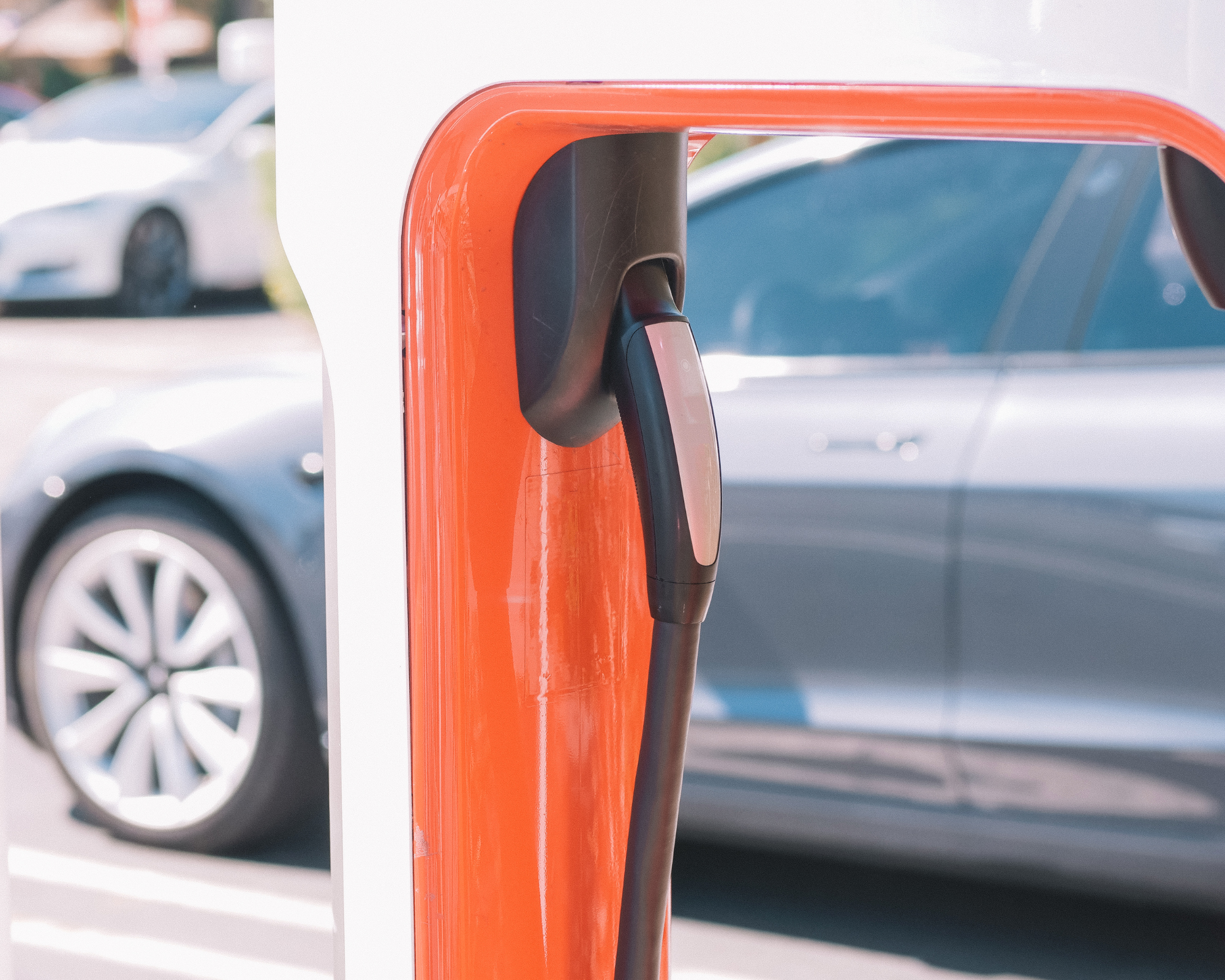Tesla’s Billion-Dollar Blitz: EV Giant Unleashes Capital Expenditure Storm
Tesla is set to surpass its annual capital expenditure (capex) target for 2023, which was initially set at $7 billion to $9 billion. This decision comes as the electric vehicle (EV) company accelerates production at its various facilities and prepares to launch new models. Tesla cited factors like rising material prices, increased supply chain, and labor costs as potential drivers for exceeding its capex target. In a regulatory filing, the company explained that it is simultaneously expanding its product lineup, constructing manufacturing plants worldwide, piloting new battery cell technologies, expanding its Supercharger network, investing in autonomy and AI-enabled products, which might affect the pace of its capital spending depending on priorities.
In the third quarter, Tesla delivered 435,059 vehicles, falling short of analysts’ expectations of 455,000 due to factory shutdowns in Texas and China. CEO Elon Musk had forewarned of this slowdown as the company reconfigured its factories to prepare for the production of the redesigned Model 3 sedan and the Cybertruck. The net income for the same period was $1.88 billion, down from $3.33 billion a year ago, as the price war initiated by the company in January impacted profits.
Additionally, Tesla’s management expressed concerns about geopolitical risks and a new factory in northern Mexico, with construction potentially starting in the first half of 2024. The company’s shares experienced a decline last week after Musk mentioned that higher interest rates offset some of the benefits of price cuts. Although shares saw a slight increase on Monday, they were still down 14% for the past seven days.
A mid these developments, Tesla continues its commitment to exceeding its capex targets while navigating various challenges and opportunities in the EV industry.











